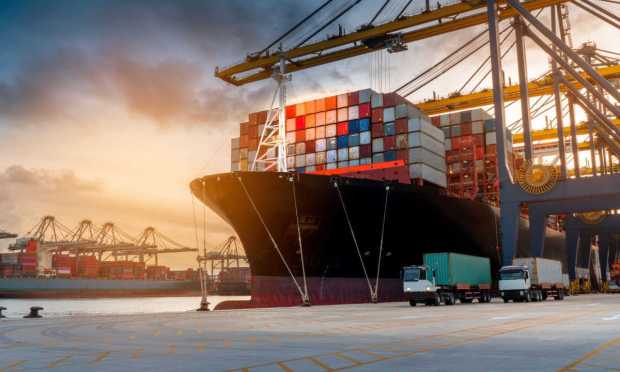Shifting Global Trade Winds Lead to Blank Sailings, Lower Cargo Rates

A titanic shift in demand momentum has forced shipping companies to brace for a slowdown in what would typically be a busy season for ocean vessels sailing goods to merchants around the world.
Volatile market conditions and macroeconomic conditions have flipped the script on the seemingly unfettered shipping demands of the pandemic. Supply chain bottlenecks and inventory shortages have now given way to empty containers and over-packed warehouses, according to multiple media reports.
See also: Amazon Charters Private Cargo Vessels for Greater Supply Chain Control
It was less than a year ago that Amazon chartered its own private cargo ships to move inventory through clogged supply chains, PYMNTS reported in December 2021. At the time Amazon was also producing shipping containers, which were in short supply and overpriced, having gone up to $20,000, from $2,000 pre-pandemic.
Now, stores have too much inventory, containers are empty and carriers have time to fill. The number of blank sailings — those canceled by the carrier — is up next month compared to previous years as shipping rates plummet, according to the Freightos Baltic Index and information from shipping-data providers Xeneta, and Sea-Intelligence.
A total of 61 planned shipments scheduled to set sail from Asia to the U.S. were recently canceled — and more are being canceled this month due to deteriorating economic conditions, according to data from Drewry.
Daily freight rates are down to nearly $3,900 to move a single container across the Pacific, as compared to $14,500 in early 2022, and over $19,000 in 2021, as per the Freightos Baltic Index.
Trans-Pacific shipping rates are down 75% from last year at this time because of cancellations by bigger merchants and retailers’ move to reduce inventories.
Read more: Nike Promises ‘Decisive Action’ on Inventory, More Investment in D2C
Carriers are lowering Asia to North America West Coast capacity by a minimum of 24% and as much as 29% following China’s Golden Week, Oct. 1 through Oct. 7, Supply Chain Dive reported. Last year, the reduction range was 18% to 28%.
Late summer and early fall are when most major carriers are busiest because retailers are typically stocking up for the holiday season.
“In the first week of October, one-third of previously announced capacity will be blanked, and for the second week, it will be around half,” Peter Sand, chief analyst at Xeneta, told the Wall Street Journal in a report on Monday (Oct. 3).
“The downturn pace in recent weeks has been very fast, and it looks like carriers misread the low volumes of a nonexistent peak season,” he added.
